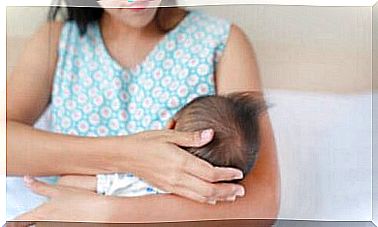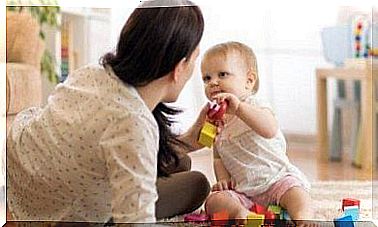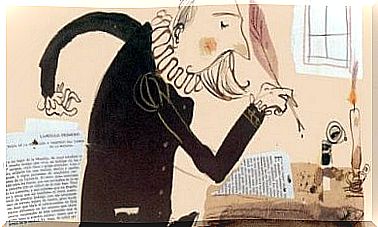The Benefits Of A Habits Chart – Parenthood
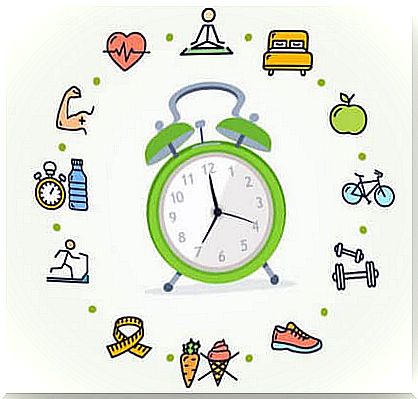
Introducing a table of habits for children is fundamental for their development. If well structured, it sets guidelines for your kids to follow throughout the day.
It also helps them to put activities in a logical order and to make certain tasks automatic. Do you practice any of them?
Why is the table of habits for children necessary?
Children are very likely not to obey a command the first time. So you have to repeat several times until they listen to you. To avoid this, there are routine tables. They will help children to have good long-term psychological development and to mature quickly.
Often it is difficult to get children to do things at home. There is no better way than habits – something that will accompany them throughout their adulthood – and to put them into practice from an early age.
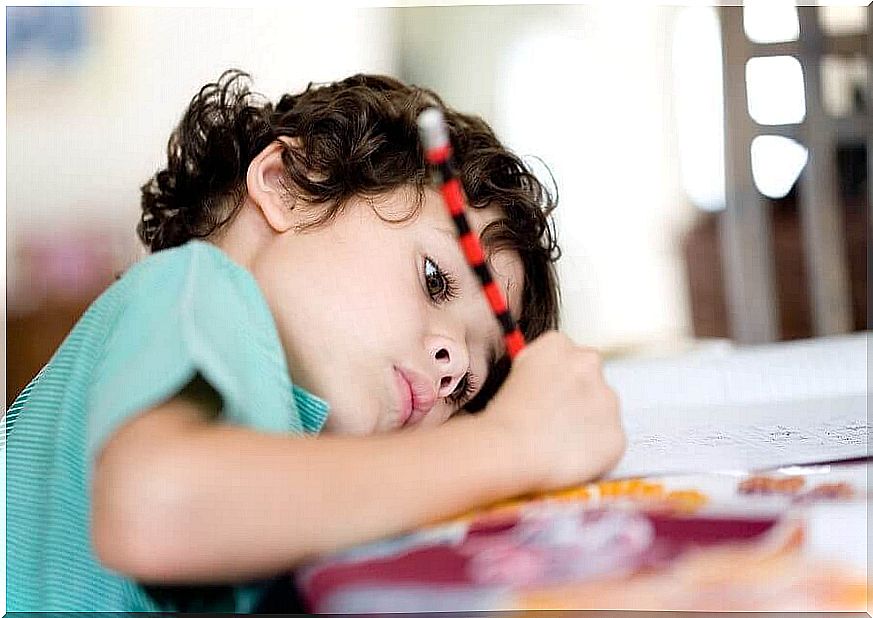
How to learn to create a table of habits for children?
The children can try to make the painting themselves , the enthusiasm is greater. Although you will definitely have to help them make it. Start by sitting down with your child and pick up a pencil and a sheet.
As you help him, you can ask him what he would like to do when he wakes up in the morning and write down all of his answers.
Then reduce and order what your child has told you. You have to imagine the main idea and write it down on the sheet.
It is very important that each box in the table has as few words as possible. Indeed, each one will also be composed of an image which will help the child to better understand.
As for the pictures, you can suggest that your child draw what you have written in the sentence. Another option is to paste pictures that represent each box.
The advantages of setting up the table of habits from early childhood
Habits will allow children to order their minds. And, at the same time, to establish suitable times for each activity.
The Habits Chart for Kids promotes focus, independence and self-esteem. It also helps them to be self-reliant and to be successful on their own and effort. In addition, it reinforces the feeling of responsibility.
The advantage par excellence of the table of habits is that it reinforces the sense of responsibility. When children follow routines from an early age, they tend to be more organized in their daily lives.
They also develop a better sense of commitment, are more aware of their behaviors and take responsibility for their actions.
Security and independence
An added benefit of the Kids Habits Chart is the confidence it gives them. When younger people follow daily routines, they tend to be more confident.
They trust others more and view the world with greater optimism. This gives them the feeling of having some control over those around them.
This table also stimulates independence. The fact of following certain habits becomes a superb exercise to stimulate the independence and the autonomy of the child. Indeed, when he learns to perform a task on his own, he frees himself from parents and develops his own skills.
Better communication, adequate emotional development
This effectively facilitates communication within the family. As parents, it can be tiring to keep reminding children of what to do. It can even become a source of family conflict.
On the other hand, if the children follow certain routines, you will feel less of a load.
In addition, the table of habits promotes emotional development. Clear routines have a positive impact on children because they organize their lives. This provides them with a greater sense of security.
Over time, this feeling can translate into better self-control as well as greater self-confidence.
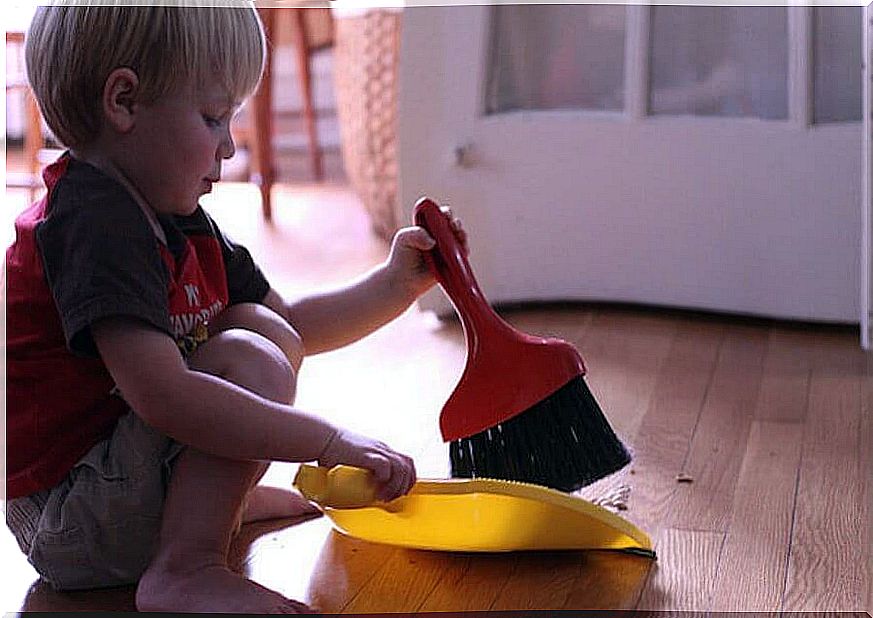
Take some ideas
The habits table is a simple table made up of different columns. On the one hand, we must include the days of the week and on the other hand the main activities that children must observe. For example, bathing, having lunch, brushing teeth, and eating.
In the center of the table, where the columns meet, leave small empty boxes so that the child can make a cross once he has completed the corresponding activity.
At the end of the week, if the child has completed all of their homework without you needing to remind them, you can give them a small gift to motivate them to continue. On the other hand, try to give it an emotional value and not a purely material one.


